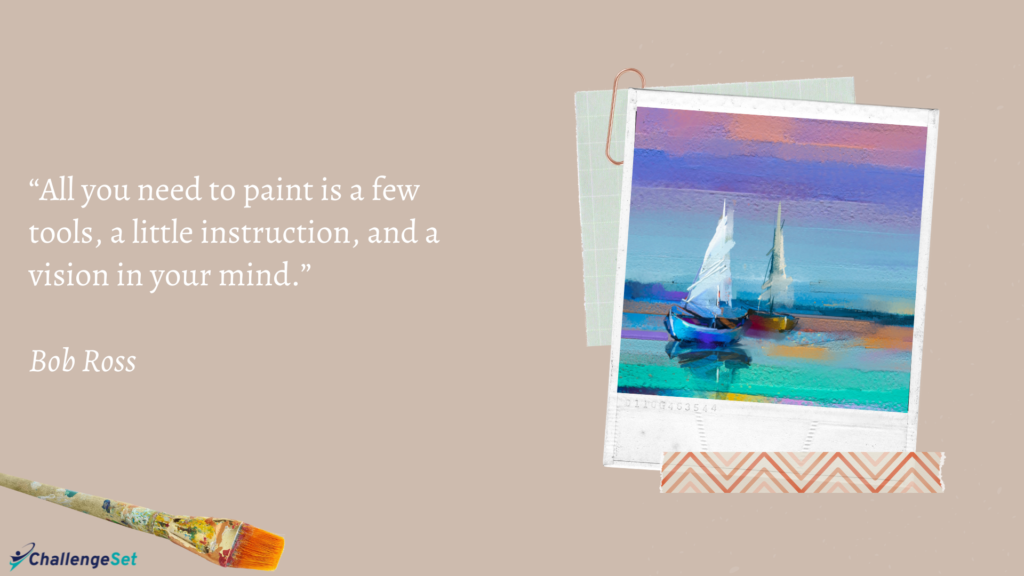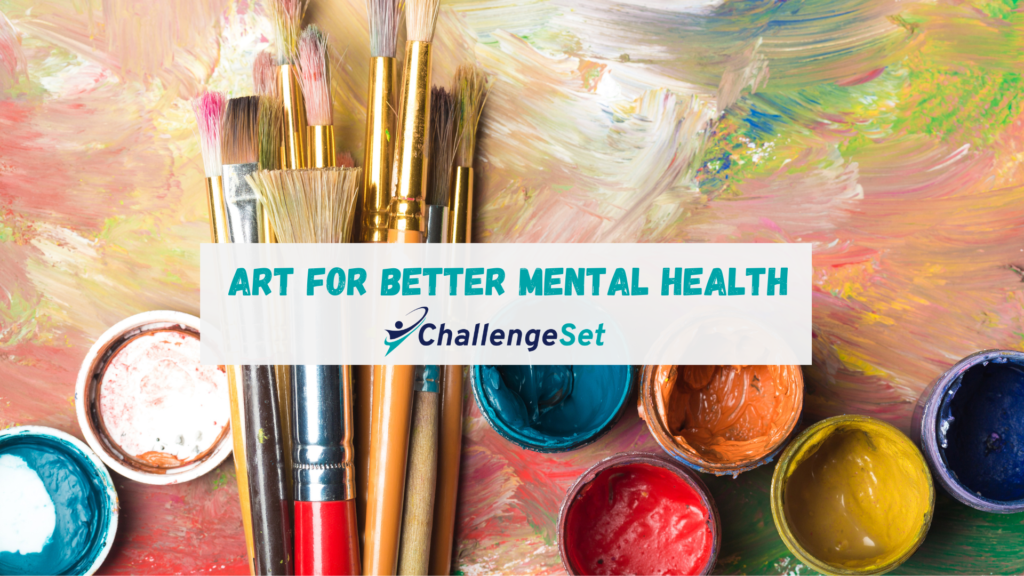Using art is beneficial in many ways to support mental health as it has been proved to have calming effects, reduce stress levels, and boost confidence. Fine art has many forms it can take including realism, abstract, expressive, minimalist and many more. This helps the creative mind as there are no limitations to what can be created. There is also no stress involved as there is no right or wrong way to do things and every piece of art is unique and original to you as only you can decide if you like it or not, meaning there is no pressure to have things a certain way. Let us get to it and look at how art can specifically better your mental health.
‘Repetitive Art’
Using repetitive methods has been proved to have a calming effect, which can help calm anxiety. Mandala art is one of the best examples of repetitive art. It is usually circular in form and beginning from the center, a variety of beautiful patterns can be constructed surrounding that to create a very symmetrical, perfected finish. Repeating a pattern becomes a familiarity, as you can predict colour and hand movements, this familiar feeling provides a calming effect so repetitive art is perfect to practice during stressful periods.
‘Easy Art’
Please do not mistake ‘easy art’ as being patronizing. Having art that is easy to create means there are no worries to be had. This includes having the mentality to start a piece as the easier the art, the less daunting it is to start. Easy art means different things to different people, and if you are a complete beginner, using something as simple as a colouring book can help reduce stress as it is a nice distraction and does not require any planning or thought – you can jump straight into it. Something nice and simple can do so much more than you may think as it can calm the mind and provides a nice distraction as your focus is drawn away from your worries and into your artwork.

‘Freeing Art’
Creating art that frees the mind has a variety of benefits. Using colour and movement you can find ways to express yourself in completely diverse ways. For example, creating abstract art means you get to choose every element involved, even if it is not realistic. So, you are having a particularly dreadful day mentally and you decide to paint the sky… Instead of using a pale blue, you go for a dark grey to represent feelings of sadness you may be feeling, or red to represent anger or even yellow to represent the happiness you are aiming to have today. You can use slow movements when creating paint strokes to represent being in the moment and could even match your breathing to the movement and incorporate meditation into your art time.
Challenging Art
The past techniques mentioned are all simplistic and easygoing, but how about trying something a little more challenging! Not only will this stimulate the brain, but it is also a highly rewarding feeling to have really challenged yourself and seen the outcome you wanted. An effective way to challenge your art skills would be to create realistic pieces as it requires attention to detail and lots of patience. Creating something that requires so much attention can be extremely rewarding and has been proved to boost confidence which in turn can better your mental health.All these methods to try will never turn out ‘perfect.’ There is no such thing. You may produce multiple pieces and have none of them turn out the way you want them to, but the key is to enjoy the process. Accept the flaws and be proud of what you produce. Even if you draw a stickman, it is something you have taken the time to do to better your day, and that is all that matters.

